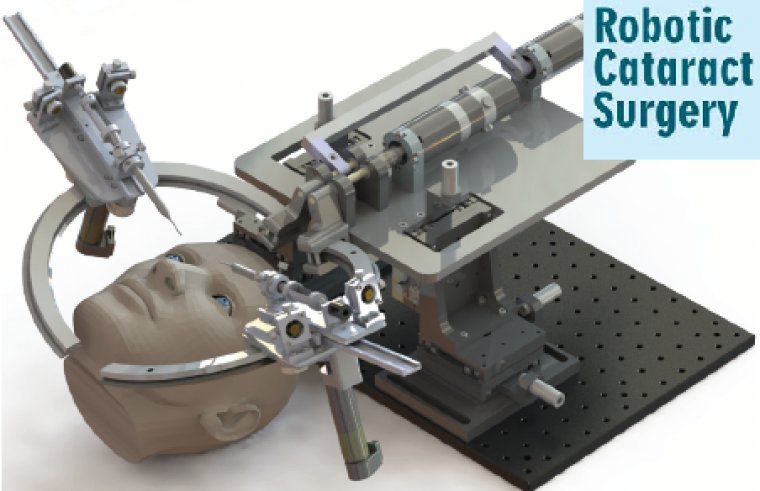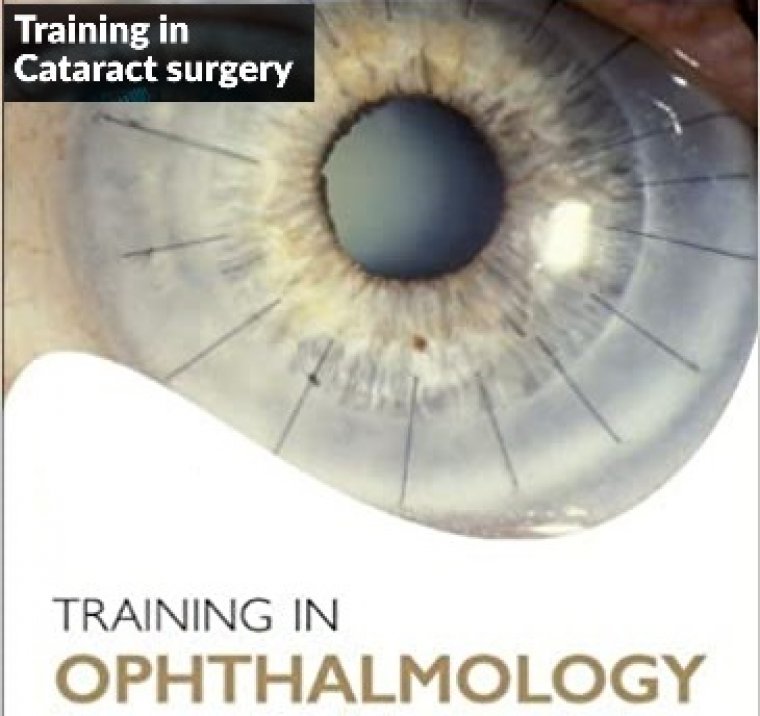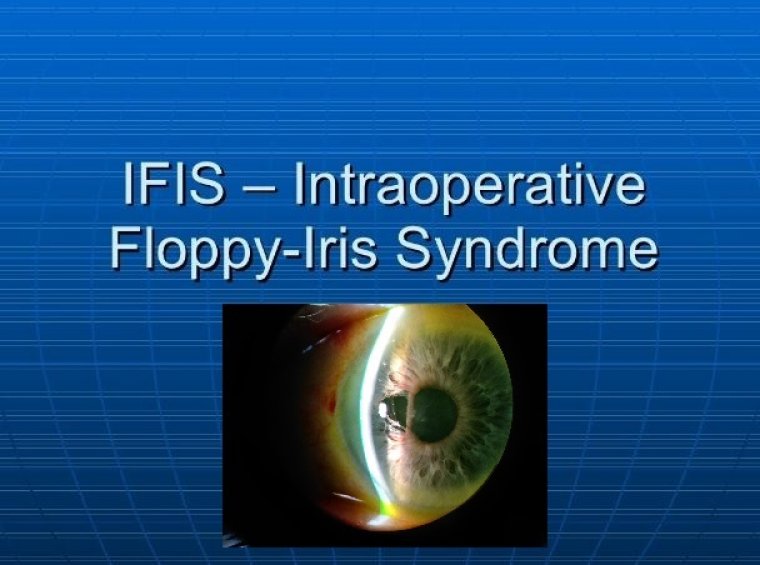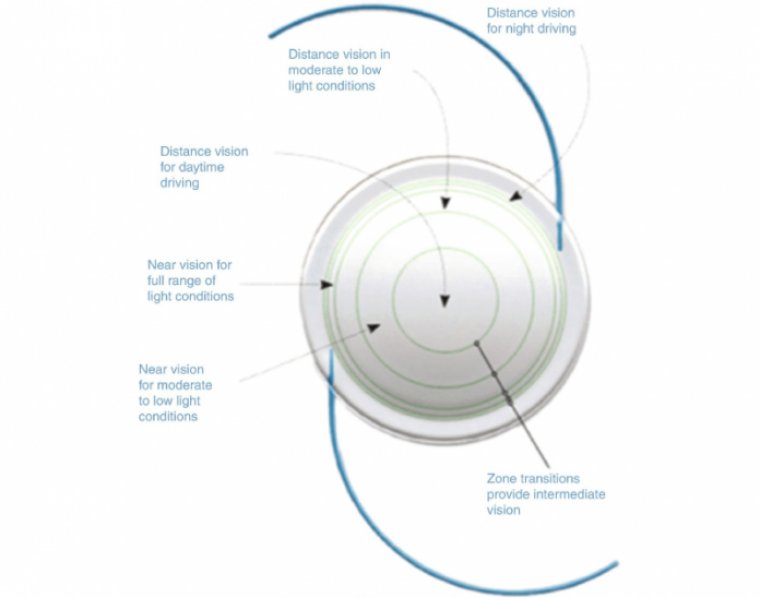
Dexamethasone Intraocular Suspension In Cataract Surgery
Cataract surgery is the most commonly performed surgical procedure worldwide. Despite the availability of new technologies and enhanced surgical techniques, inflammation-related complications after even uneventful cataract procedures remain the most common cause of poor visual outcomes.
Dexamethasone interferes at multiple steps of the inflammatory cascade, this application seems to be an interesting option in the prevention of postsurgical inflammation. A single drug deposit into the anterior chamber might be an attractive alternative to frequent drop installations.
In addition, dexamethasone intravitreal inserts are an option in high-risk individuals-in particular, in those with preexistent macula edema.
Control of postoperative inflammation is one of the key factors in achieving satisfactory outcomes in cataract surgery.
As the introduction of intracameral antibiotics has brought benefits to cataract surgery, dexamethasone intraocular suspension for anterior chamber steroid placement might assist in improving surgical outcomes.
This could particularly refer to patients with a higher risk of postsurgical inflammation, especially in eyes with diabetic retinopathy or uveitis.
Dexamethasone intraocular suspension 9% (DEXYCU®) offers a sustained-release, FDA-approved alternative to anti-inflammatory drops. However, there is a paucity of post-market data on its safety and outcomes, especially with glaucoma patients.
Results from a retrospective trial of dexamethasone intraocular suspension 9% indicates strong inflammatory control, safety, and tolerability.
A retrospective trial of dexamethasone intraocular suspension 9% (Dexycu, EyePoint Pharmaceuticals) showed favorable early experiences during cataract surgery, according to Mitchell A. Jackson, MD. Jackson, who is the founder and CEO of Jacksoneye, Lake Villa, Illinois, presented results of the study during the ASCRS 2021 annual meeting in Las Vegas, Nevada, including early real-world outcomes in a cohort of patients who underwent cataract surgery that included administration of dexamethasone intraocular suspension 9% at the end of the procedure.
Patients who underwent surgery from March 12, 2019, to December 15, 2019, were included in this retrospective multicenter analysis. When possible, the study analyzed data on anterior chamber cell (ACC), anterior chamber flare (ACF), and intraocular pressure (IOP) on postoperative days 1, 8, 14, and 30.
A total of 527 patients (641 eyes; 58.4% female) were included, about three-quarters of whom were Caucasian. Of the total number of patients, 28 (37 eyes) were Jackson’s patients.
Results By postoperative day 8, about 65% of patients had grade 0 anterior chamber cells, and on postoperative day 30 that percentage increased to 90%. In his hands, the respective percentages were about 49% and 91%.
The ACF data showed that on postoperative days 8 and 30, the respective percentages for all patients and for Jackson’s patients were about 92% and 98%. Regarding visual acuity (VA), he reported that the target best-corrected VA of 20/25 or better was achieved in 97% of eyes.
Analysis of the IOP data indicated that the drug was well-tolerated in all study eyes, with the IOP on day 30 15 mmHg. Recommended administration technique Jackson advised administering the drug as the final step of the surgery.
“Intracapsular administration enables better visualization of the drug volume and more reliable drug placement,” he said. His pearls for administration are the following: ensure that incisions are well sealed and the AC is deep, pressurize the eye close to the desired postoperative IOP, and maintain wound stability by minimizing manipulation and rehydrating gently as needed.
Jackson pointed out that these study data reflect the early experience with the intraocular suspension before the technique of capsular bag administration was developed and before vortex mixers became available.
According to Jackson, the real-world retrospective data indicate the early favorable experience with dexamethasone intraocular suspension 9% for cataract surgery.
“The drug showed excellent inflammatory control, safety, and tolerability. Data from the Jacksoneye surgical site were comparable to the data from the other sites,” he concluded and pointed out that refining the administration technique has made use of the drug more straightforward.













